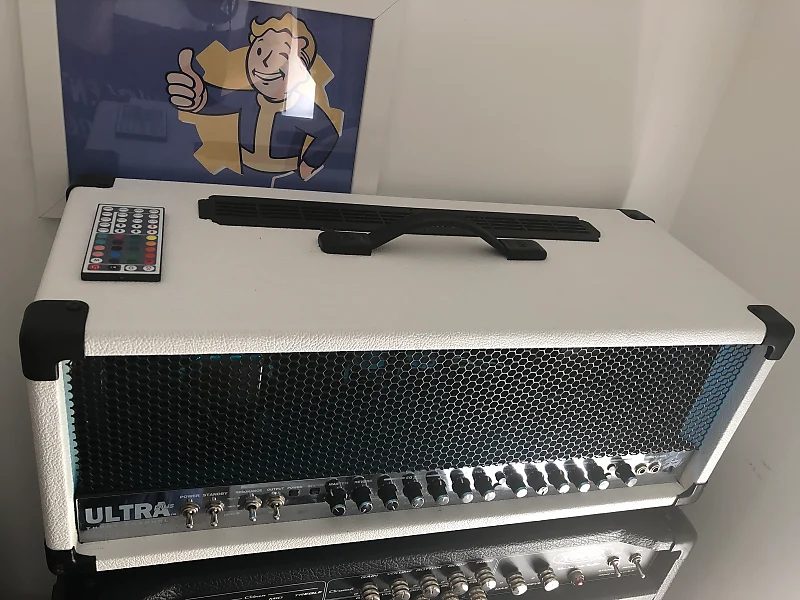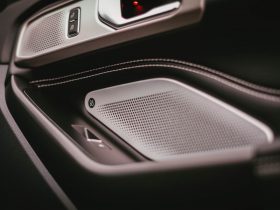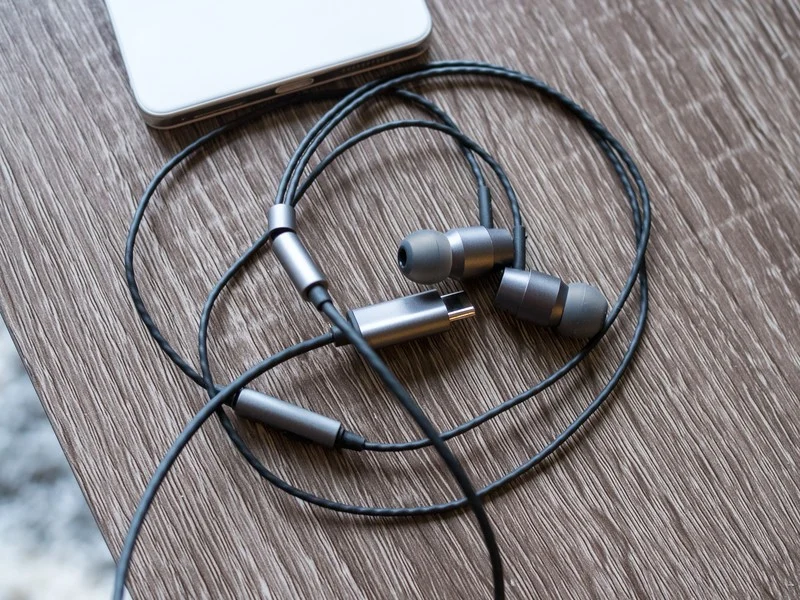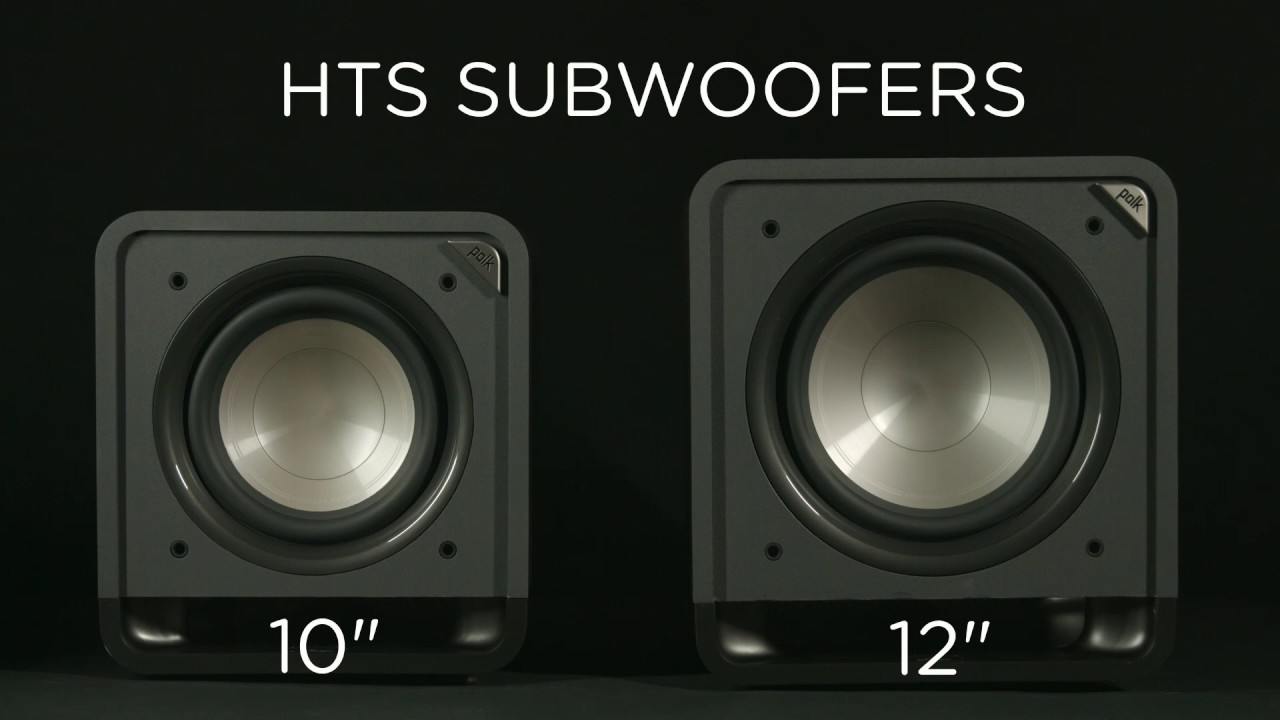It is imperative to take proper precautions to ensure that your amplifier does not become wet. Sounds simple enough, right?
The problem is that there are so many things in our lives that can potentially cause a wet amp scenario.
Most notably, water and moisture can cause irreversible damage to an amplifier. In some cases, even leaving an amp in the rain or a wet basement for just a few hours may suffice to cause serious problems.
When you notice that your amp is getting wet, it’s not too late to prevent further damage from occurring.
Why Is My Amp Getting Wet?
There are many reasons for an amp to get wet. For instance, if you are playing an outdoor gig and it starts raining while performing, this could cause your amplifier to get wet or, even worse, electrocuted!
Another reason why your amp can get wet is when you spill your drink on it or move it around with wet hands.
How To Tell If Your Amp Is Wet
- Aside from the low-level sound, other tell-tale signs indicate that your amp is getting wet.
- If your amp case starts to smell like mildew or something else musty, it is time to spring into action. This is usually a sign that the moisture has begun to break down the cardboard or foam damping material in your amp, and you don’t want that to happen.
- Another tip-off is if you start to notice some rust on the inside of the amp case.
What Is Causing Your Amp to Get Wet?
- There are many causes of wet amps, but one of the most common is a wet musician. It could be sweat dripping off your instrument or condensation from the AC making its way into your case.
- It’s common for roadies to spill beer on the gear and have the liquid run down into the amp.
- The same thing goes for beer festivals when people spill their drinks or if there is a sudden downpour during your set.
- Of course, you could also spill something yourself, like a cup of coffee or water.
- One reason is if you’re playing out in the rain or at a beach party, you need to make sure your amp has a waterproof cover; otherwise, you’ll get it wet.
- If you leave a window slightly open in your car, rain might fall in and get your car, stereo and amp.
The Problem With Water In Your Amp
In an amplifier, water can cause a lot of damage. The trouble is it can be hard to detect. Even if water is present in your amp and you don’t know it, the results will be noticeable. A dead amp is never a good thing.
The problem with water in your amplifier boils down to three things: shorting, corrosion, and dry joints.
1. Shorting
Shorting occurs when moisture seeps into the inner workings of the amp, sitting right where your signal wires meet the power supply.
This allows current to run straight through those signal wires instead of being controlled by them.
Water can get into your amplifier by getting into your amplifier’s power supply or through the speaker terminals. The former will cause more problems than the latter if it does occur.
The signs of shorting depend on how much damage has been done. Shorting causes a lot of heat and could burn up your amp. Shorting also causes a lot of smoke, and you might smell it before you see it.
2. Corrosion
The problem with water in your amp is that it can cause rust and corrosion and wreak havoc on all the sensitive electronics inside. Water damage is costly to repair, and if you don’t have coverage on your amp insurance, it could render your amp useless.
Electrolysis corrosion is the result of the passage of current through a solution. As an example, consider that if you had a cell phone in your pants pocket and you walked across a wet lawn, you might cause corrosion to occur on the exposed metal parts of your phone.
The same thing happens in a marine environment if water gets into your amplifier and causes electrolysis corrosion.
3. Dry joints
As a DIYer, the first thing you want to do is check the solder joints. They are one of the most common causes of amplifier failures, and they’re easy to fix. Poor soldering techniques can cause this problem during construction or insufficient quality solder.
Electrical components are designed to work at precise temperatures and tolerances. When they get too hot or cold, they don’t work right. In extreme cases, you’ll see things like resistors pop off of the circuit board.
The same thing happens when water gets into the wrong places and ruins connections between components.
This can lead to all sorts of odd problems, like not turning on, no sound coming out, or even screeching sounds.
How To Fix A Water Damaged Amplifier
A wet amp, particularly a guitar amp, can be a real hassle. If you’re gigging musician, then you know how quickly things can go wrong. You’ve got to get your gear working again, fast.
Let It Dry Off Completely
When dealing with an amp that is getting wet, it is vital to make sure that you let the amp dry entirely before using it again. If the water has dried and you turn the amp on without cleaning it first, you risk damaging the internal components even more.
What Can You Do To Prevent Your Amp From Getting Wet?
How can you protect your amp from water damage? It’s not as hard as you might think. Here are some protection tips that will keep your guitar safe from water and other liquids:
Buy an amp cover
These covers are usually made of felt or a similar material. They fit over the amp’s top to keep the dust and dirt out of the amp. They are available in different colors, but most commonly, you will see black or gray. Make sure the cover fits your amp before you buy it.
Keep the amp clean from dust or dirt.
To start with, make sure you keep your guitar fresh and clean. If you use an amplifier regularly, it’s normal to develop a film of oil on both the interior and exterior of the amp. This is good because it helps to protect the wood and electrical components.
However, this also makes your amp more susceptible to dust and debris. When water mixes with the dirt, it will form a slimy substance on the amp, muffling the sounds.
If you notice that your amp is getting dirty, use a microfiber cloth to wipe it down.
Use a cloth to handle the amp.
To avoid spilling your drink on your amp or wetting it with wet hands, use a cloth or towel to handle the amp and make sure it is clean after each time you use it. A damp rag can be used to wipe off any liquid that lands on the metal grills.
Fully lock your car windows.
Even with a solid-state amp, though, you’ll still want to take steps to protect it from the elements.
Partially open windows and doors let in the rain and may cause your amp to wet. So it’s essential to keep them fully closed.
How Do You Know If You Blown Your Amp?
Amp Overload, or “Blown Amp,” is a term used to describe the sound distortion that occurs when an amplifier receives too much input signal and is unable to produce a clean signal at the same time.
That’s why it’s essential to know how to recognize the distinct sound of a blown amp, so you can take immediate action to prevent further damage.
The first thing that you need to determine is whether or not there is a short in the amp. A short is a wire touching another wire that should not be touching it. The easiest way to check for a short is by using an ohmmeter.
This device will test the resistance of the cable and tell you if there is a short. If the meter reads zero ohms, there is a short in the cable. The problem can be located by testing at each end of the cable to see where it is.
Conclusion
As you can see, many things can cause water damage to your amplifier and many ways that you can help prevent it. If your amp is already wet, don’t panic! Water damage isn’t always impossible to fix.
Keeping your amp dry and clean is essential in preventing it from shorting out. Please make sure to check for any wetness or dampness as soon as you can, and if you notice anything, do not hesitate to stop using the amp until it is completely dry.






